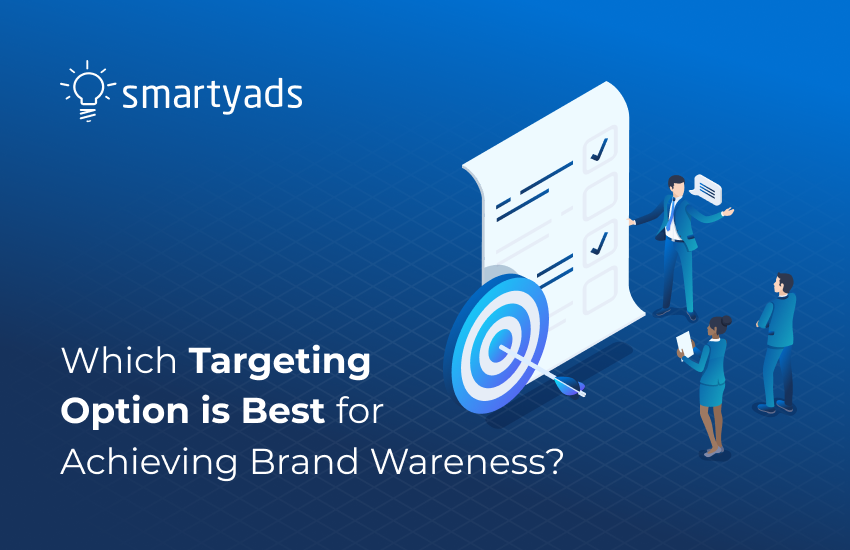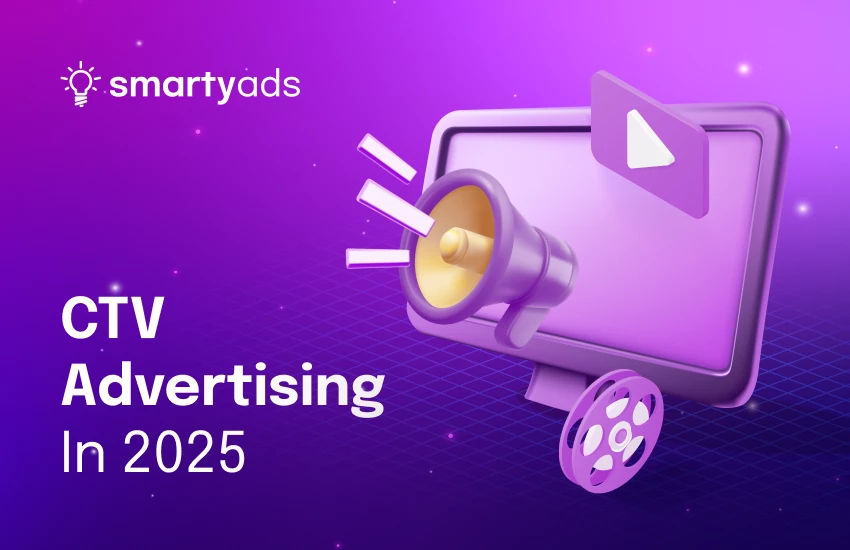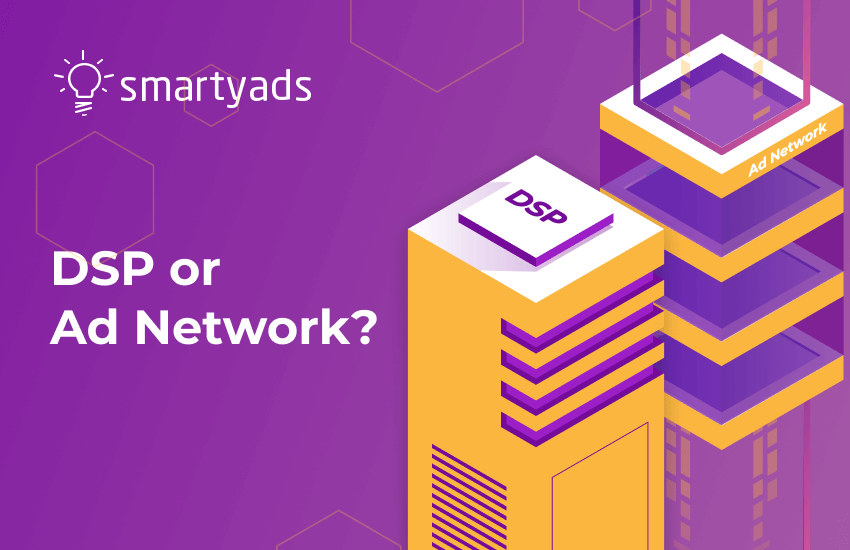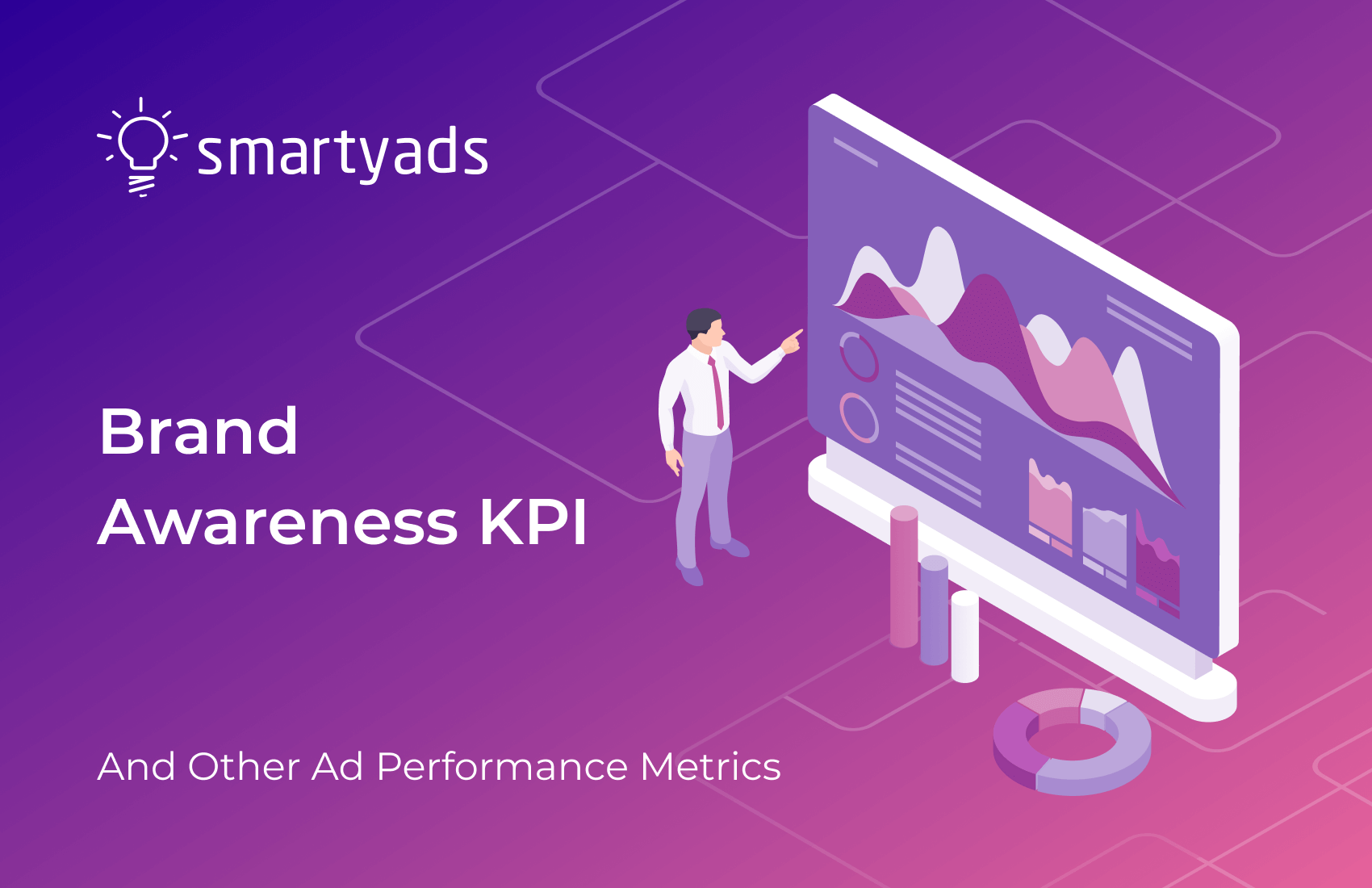Competing for your customers has never been more important in the constantly evolving digital commerce realm. Every brand needs to achieve brand awareness to stand out from the competition. The best and most cost-effective way to do this is through targeting, which ensures that your brand awareness ads are displayed only to those people who might actually be interested in them.
Today, 75% of American customers say they are more likely to stay loyal to brands that understand them and their needs on a more personal and deep level. Brands need to better understand clients' preferences. Investing money and time into learning about your target audience takes you one step closer to effective marketing.
Therefore, we decided to dedicate this article to discussing how to use the potential of targeting for brand awareness. Let’s get started!

What is brand awareness?
Brand awareness is the level of recognition and familiarity of people with a certain brand. It implies how well-known and recognized the brand is among its target audience.
Building strong brand awareness is paramount as it helps create trust and credibility and allows a company to stand out among its competitors. It’s the foundation of any marketing efforts, so further in the article, we will discover how to target market awareness to achieve long-term success.
Why does brand awareness matter?
- Builds trust. Brand awareness is focused on spreading familiarity, making people more likely to trust. Customers will certainly choose a brand they recognize over other unfamiliar competitors.
- Differentiates from competitors. It helps a brand stand out from a crowd in a highly competitive market. It also makes it easier for consumers to remember and identify the brand.
- Influences purchasing decisions. People are more likely to buy from brands they know, which can boost sales and improve customer loyalty. Therefore, investing in brand awareness will increase your ROI.
- Fosters long-term loyalty. Strong brand awareness ad campaigns build emotional connections with customers, making the brand memorable. Thus, customers become loyal and purchase from a business again over time.
- Improves marketing effectiveness. Any business can make all its marketing campaigns more effective, as raising brand awareness means consumers are already familiar with and trust your brand.
What a company needs to achieve brand awareness
To build effective brand awareness, a company should channel its efforts into increasing visibility and familiarity, fostering trust among its target audience. This implies creating engaging content, leveraging social media platforms, and investing in programmatic advertising to reach broader audiences.
Make sure to send consistent messaging across different channels. Focus on launching targeted campaigns that resonate with your potential customers. Programmatic advertising offers a powerful way to enhance this, delivering customized and engaging ads of various formats to the right audience at the right time.
The most common and effective advertising campaign for achieving brand awareness is the CPM campaign. Such campaigns are paid per thousand impressions, not per click, and now we will tell you why it is important to achieve brand awareness.
What you need first and foremost is to "grab" the attention of your potential consumers so they know about your brand. These campaigns don't focus on conversions or click-throughs.
Clip thinking is increasingly permeating our lives; we rush from one website to the other as fast as we drive from city to city for some business.
By targeting, the brand gets the most relevant and cost-effective option for achieving its awareness goals. Simply because it makes no sense to show an advertisement to someone who is completely uninterested in it, it will cause nothing but irritation and distaste for your brand, which is exactly the opposite of the feelings we want.
So, which tool can help you to achieve brand awareness through its targeting option? Which targeting option is best for achieving brand awareness?
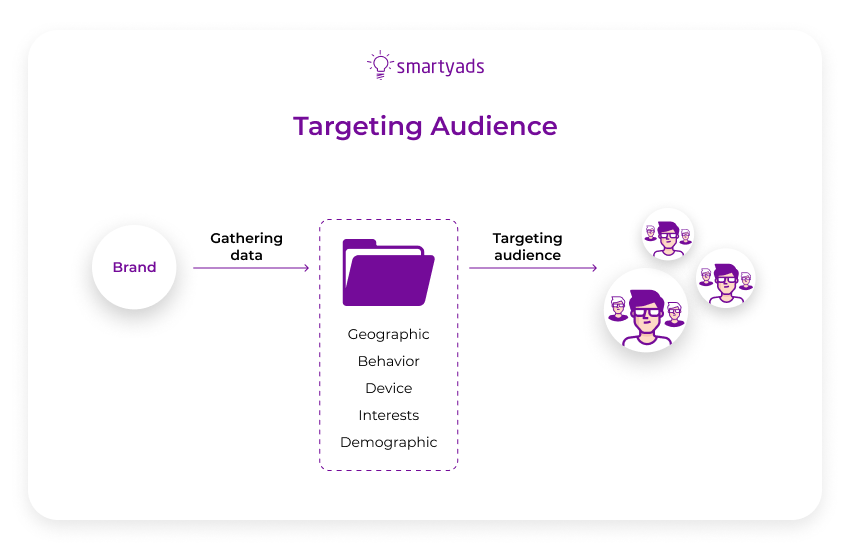
Targeting option of Google Display Ads
Google has two main networks to place your ads, namely:
- Google Display Network
- Google Search Network
What is the targeting option of Google Display Ads?
When it comes to building brand awareness through programmatic advertising, it’s crucial to choose the right targeting options. Google Display Ads, or GDN, offers a perfect solution. GDN enables businesses to reach large audiences by displaying visual ads across a wide network of websites and apps.
Their capabilities make it possible to set up targeting based on demographics, interests, and context. Thus, companies can showcase their brand to the most relevant audiences, ensuring their ads reach the right people at the right time.
By pairing programmatic strategies with GDN’s broad reach, businesses can significantly reinforce their brand visibility, raise awareness, and engage potential customers across different online platforms to achieve maximum exposure and impact.
What is the targeting option of the Google Search Network?
Ads on the search engine network appear after a user enters a search request. This type of advertising is quite limited because it depends entirely on the user's requests.
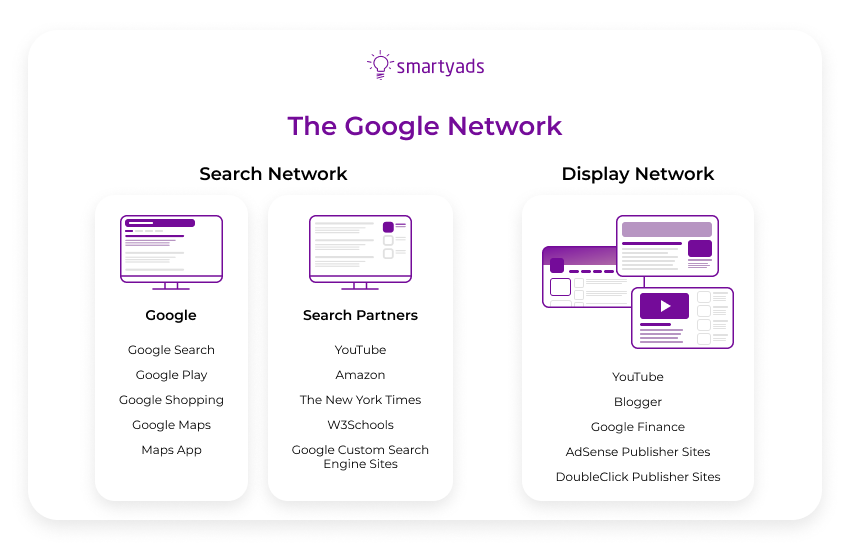
What is the targeting option of the Google Display Network (GDN)?
The best way to use the Google Ads platform for maximum awareness is to use GDN. It gives you an advantage because of its substantive reach and cheaper clicks. And that's exactly what you need in a brand awareness campaign.
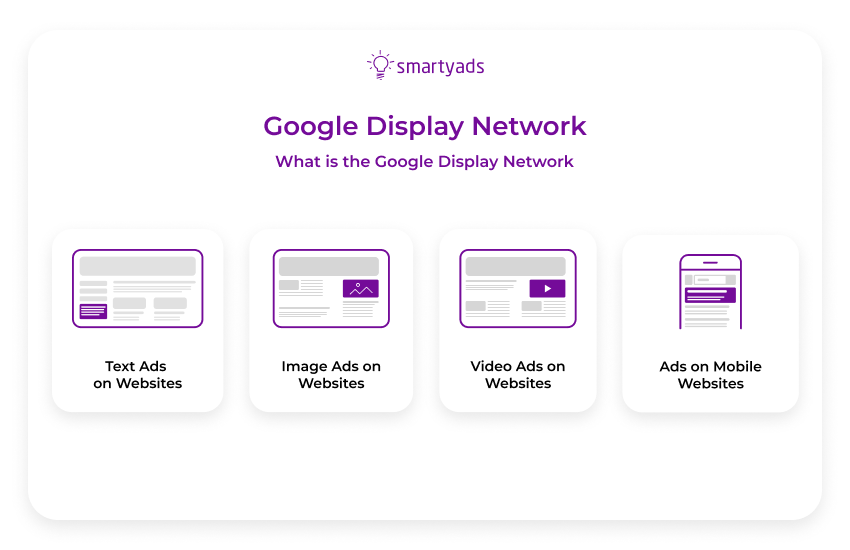
Advantages and disadvantages of using GDN
When considering GDN for your advertising campaigns, it’s essential to weigh both the advantages and potential drawbacks. GDN provides a powerful platform for reaching a wide audience through visually engaging ads, but it also comes with certain limitations. Below, we outline the key advantages and disadvantages of using GDN to help you make an informed decision for your brand awareness objectives.
Benefits of using GDN
Wide reach: Google Display Network encompasses millions of websites and apps, offering possibilities for extensive brand exposure and access to a vast audience and diverse ad placements.
Visual appeal: GDN supports various ad formats, including banners, videos, and rich media, allowing brands to create visually engaging ads that grab attention and enhance brand recall.
Advanced targeting: With GDN, advertisers can use precise targeting based on demographics, interests, and behavioral data to reach the most relevant audience and achieve a new level of effectiveness.
Cost-effectiveness: GDN operates on a cost-per-thousand-impressions (CPM) or cost-per-click (CPC) model. It enables flexibility and control over expenses while maximizing brand visibility.
Remarketing capabilities: GDN has opportunities to implement remarketing strategies, enabling businesses to re-engage users who have previously interacted with their brand. This can raise brand awareness even further and encourage more conversions.
Comprehensive analytics: Detailed real-time reporting tools are available on GDN. They give you valuable insights into ad effectiveness and overall campaign performance so you can optimize your campaigns.
Integrations: GDN can seamlessly integrate with other platforms, such as Google Ads, enabling streamlined campaign management and unified reporting across search and display advertisements.

Disadvantages of using GDN
Inability to advertise on non-Google sites: Although the Google Ads ecosystem is very broad and indirectly affects almost everything on the Internet, you cannot advertise on other platforms that do not belong to Google.
Limited ad formats: The most popular formats (banner and video) will be available, but they are still very limited, especially when compared to programmatic vs GDN advertising. Video ads, for example, can only be shown on YouTube and its partner websites. Programmatic platforms, on the other hand, allow you to show such advertising in mobile apps, on streaming services, or even on outdoor advertising screens.
Ad fraud risks: GDN can be vulnerable to ad fraud. This includes fake impressions or clicks generated by bots, which can waste your ad spend and screw with performance.
Limited control over placements: While advertisers can select targeting options, they have less direct control over specific ad placements, which might result in ads being displayed in less desirable contexts.
Banner blindness: Users may develop banner blindness, meaning they consciously or unconsciously ignore display ads. This can reduce the campaign's effectiveness in grabbing attention and building brand awareness.
Potentially high competition: Advertising on premium websites and acquiring high-traffic placements can be pretty expensive. Moreover, the competition is high, which drastically increases campaign costs.
Viewability issues: If you buy cheap placements and your ads are placed below the fold or on pages with low viewability, users may not see them. This can diminish the impact of the brand awareness campaign.
Over-saturation: Everyone wants to advertise through GDN, which can lead to ad fatigue. Users become annoyed by seeing the same ads too frequently, which can harm the brand’s image.
What is programmatic advertising?
GDN, or Google Display Ads, puts us in front of several challenges. However, there is a system that can take the headache out of these tasks. Programmatic advertising platforms are essentially very similar to Google Ads. The only difference is that they are much more automated and have more options for ad settings.
Basically, programmatic advertising is the automated way of buying and selling digital ad space using real-time bidding (RTB) technology. Instead of negotiating with publishers and buying directly from them, advertisers can leverage the power of programmatic platforms.
They enable you to bid on ad impressions in milliseconds. The process uses data and algorithms to target specific audiences based on demographics, interests, and behaviors, ensuring that highly relevant ads are delivered to users across websites, apps, and other digital platforms. This approach improves efficiency, reduces manual labor, and maximizes the ROI.
Here is a scheme that shows how programmatic advertising works:
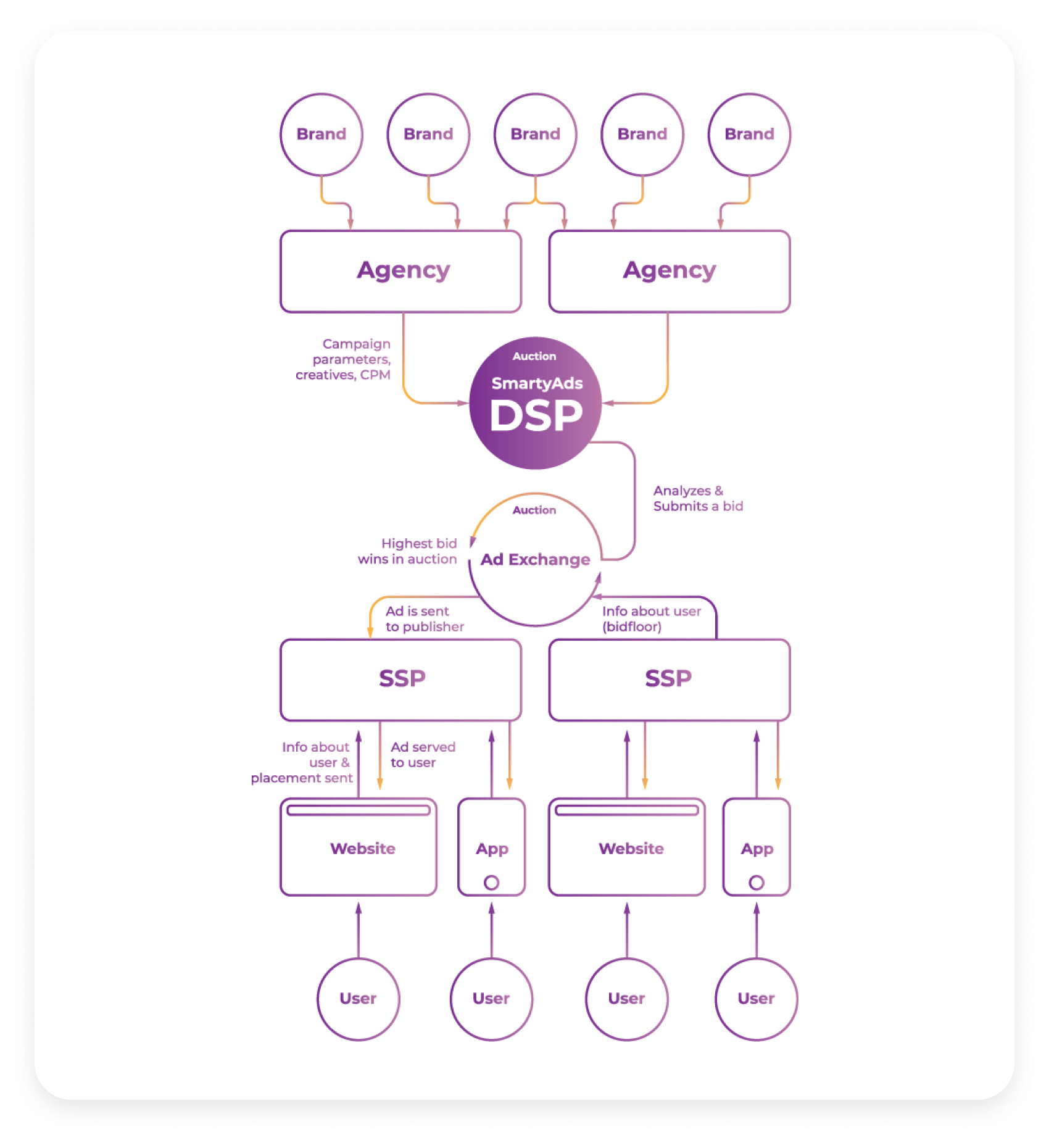
Advantages and disadvantages of using programmatic advertising
When considering programmatic advertising for brand awareness, it’s important to understand its advantages and challenges. While it offers unparalleled targeting and efficiency, there are also potential risks and complexities that marketers should be aware of. Below are the key benefits and disadvantages to help you decide if programmatic advertising is the right fit for boosting your brand visibility.
Benefits of programmatic advertising for achieving brand awareness
Programmatic advertising offers numerous benefits for businesses looking to enhance their brand awareness and launch highly targeted digital ad campaigns. Let’s take a look at some of them.
Cross-device targeting: Today, people don't just use computers or even phones to browse sites. TVs, gaming consoles, and even electric teapots are now accessing the Internet. Programmatic advertising can reach all of these devices (all except the kettle). It can follow consumers across different platforms, ensuring consistent exposure and reinforcing brand awareness.
Advanced targeting options: Programmatic advertising uses data to target audiences based on different filters if needed. This ensures that your brand reaches the right people at the right time, improving the chances of recognition.
To decide which targeting option is best for achieving brand awareness, you need to know how many choices you have. You can categorize your audience according to behavioral targeting, location-based, in-store attribution, etc. The latter allows you to display ads for your store if the user's device has been to that location. This is a great tool for retargeting and achieving brand awareness.
Ad visibility: Most programmatic platforms use real-time bidding to buy and sell ad inventory. It makes everything straightforward. As an advertiser, you can purchase any type of ad space you are interested in and be highly visible to your target audience. You can select the most visited and visible spots so no one can miss your ad. In addition, with a variety of ad formats, you can select the one that captures the attention of your audience the best.
Premium inventory: With programmatic, you can easily get into the private marketplace with access to more exclusive premium websites. Therefore, you can bid for the top-notch advertising spots in popular portals with millions of views, so it is definitely good for your brand awareness. Only verified advertisers and publishers can participate in bidding, which makes the process safe. With transparent ad space, you will be able to reach real users and increase your brand awareness.
Scalability: With programmatic advertising, brands can scale their campaigns across multiple platforms, including websites, apps, and social media, as they grow and their objectives shift. The broad reach offered by programmatic allows for significant brand exposure, raising awareness across various audiences.
Real-time optimization: DSP platforms offer real-time data and advanced analytics, allowing marketers to track campaign performance and make well-informed adjustments. It also enables them to effortlessly refine strategies for continuous improvements and better brand visibility.
Cost-effectiveness: Automation in programmatic ensures a high level of spend efficiency, significantly reduces wasted budget, and makes programmatic advertising more cost-effective for achieving best brand awareness campaigns. SmartyAds DSP has a dynamic CPM feature that adjusts the pricing automatically, optimizing the bid to ensure that the advertiser gets the most valuable impressions at the best possible price.
Measurable results and precise analytics: Programmatic platforms and DSPs provide detailed reports on impressions, clicks, and engagement. These detailed insights can easily tell how well your brand awareness campaign is performing, and they are also valuable for ongoing optimization.
Efficient campaign management: The automated nature of programmatic advertising significantly reduces manual labor. Modern platforms allow marketers to manage multiple campaigns simultaneously, which improves the overall efficiency of their strategy.
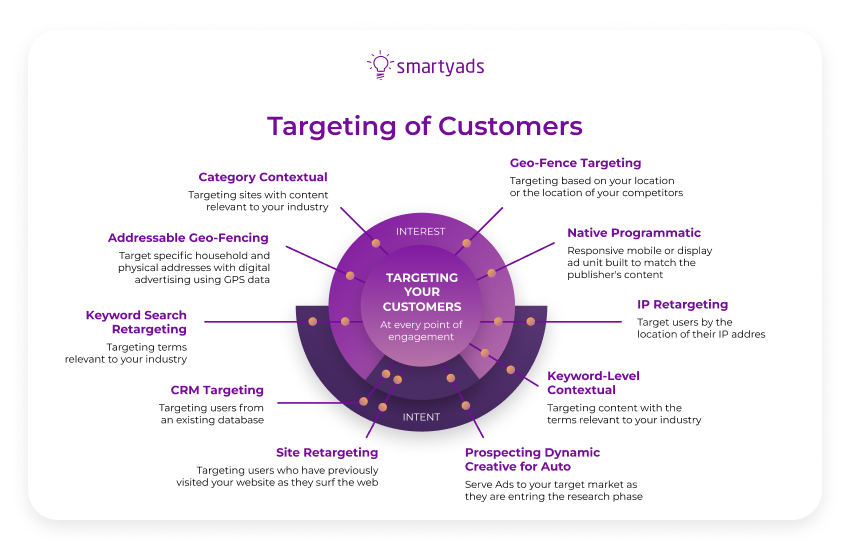
Disadvantages of programmatic advertising for achieving brand awareness
While programmatic advertising provides a plethora of valuable opportunities for targeted campaigns, it’s also associated with certain challenges and risks that advertisers should be aware of.
Ad fraud risks: One of the biggest challenges associated with both programmatic advertising and GDN is potential ad fraud. Ads can be served to fake or low-quality traffic websites, generate fake impressions through bots, etc. Ultimately, it leads to a waste of ad budget and undermines brand image.
Brand safety concerns: Since the process of placing ads is automatic in programmatic advertising, there's a risk that your ads may appear on inappropriate or irrelevant websites. This can take a toll on your brand’s reputation. It’s possible to mitigate those risks by monitoring carefully and implementing additional tools for brand safety.
Lack of full control: Despite its precision, programmatic still relies on algorithms to place ads, meaning advertisers have less direct control over where and how their ads are demonstrated. In some cases, this can mean some ad placements don’t align with the brand’s image.
Complexity and technical expertise: Some programmatic advertising platforms may require prior experience to manage campaigns. Marketers need to be well-versed in bidding strategies and platform features to get the most out of their campaigns, making it a bit challenging for newcomers. However, SmartyAds DSP has a very simple and intuitive single dashboard interface that enables people with no experience to start with programmatic.
Ad blocking: Many users install ad blockers to avoid ads on their devices. This reduces the number of people who see your ad campaigns. Therefore, it decreases the overall effectiveness of efforts channeled to building brand awareness.
Viewability issues: Even when ads are served, there's no guarantee they will be seen by users. If your ad is placed in poor positions or on low-quality websites, it may have low viewability rates, meaning fewer potential customers engage with the content.
Transparency concerns: Some marketers find it difficult to track where their ads are being placed and how much they are paying for each impression. The complexities of the programmatic ecosystem raise another challenge. This lack of transparency can make it hard to assess a campaign's effectiveness.
Competition and rising costs: Nowadays, more and more companies invest in programmatic advertising. The competition for premium ad placements increases, so the costs also rise. It’s not something good for small businesses with limited budgets, but there are always ways to make it work, as the programmatic options are endless.
Should I choose GDN or programmatic?
The differences between Google Display Ads and programmatic ads aren't obvious, and Google Ads is usually not directly attributed to programmatic platforms, although it does have elements of programmatic advertising such as SSP, DSP, Ad Exchange, Ad server, and DMP.
So what's the difference between Google Ads and programmatic?
Marketplace size. Google Display Ads conducts RTB auctions only on its platform, which means it only covers its websites.
Programmatic advertising appeals to many different sites, which greatly expands the advertising reach.
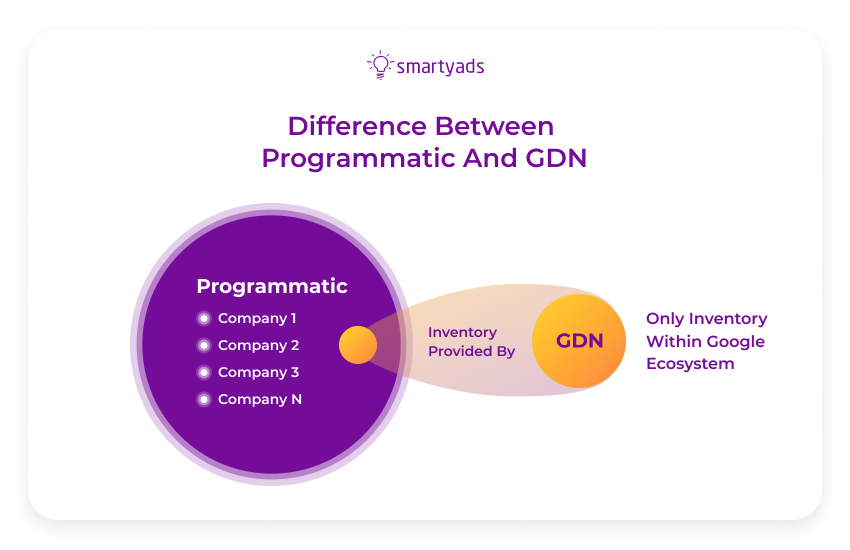
Data for targeting. Because of how global Google is, it has a lot of exclusive data from users. Programmatic platforms don't have access to this information, so they use third-party data; Google can't use such information.
Final word
GDN is simple and easy to use, especially if you're just starting with digital advertising. In addition, Google does not have a minimum budget to start an advertising campaign, whereas programmatic platforms usually have one. The main question of this article is, "Which targeting option is best for achieving brand awareness?" Programmatic platforms offer broader and more flexible functionality with greater reach, but it will take more time and effort to learn it.
The good news is that SmartyAds is a programmatic platform that has been on the market for years. We offer efficient and cutting-edge solutions for advertisers and publishers from all over the world.
Our demand-side platform stands out with its simple and intuitive interface, which doesn’t require any prior experience with programmatic. It can facilitate targeting for raising brand awareness with a wide range of useful features.
From sophisticated targeting options to dynamic CPM and an array of engaging ad formats, you will be equipped with absolutely everything you need to pave your way to success.
We encourage you to start your digital advertising journey now, but if you have any questions, feel free to contact us, and our professionals will provide you with the assistance you need.
Welcome to SmartyAds DSP — innovative features packed into a simple interface.

